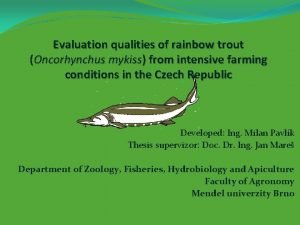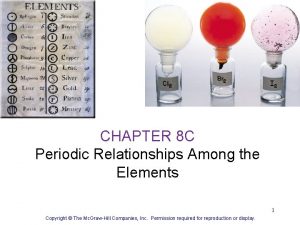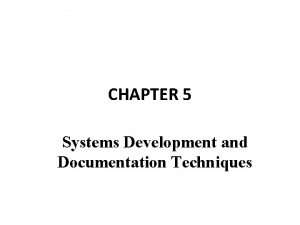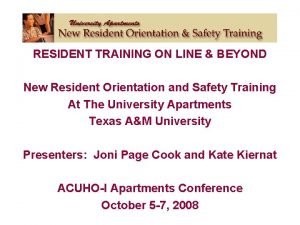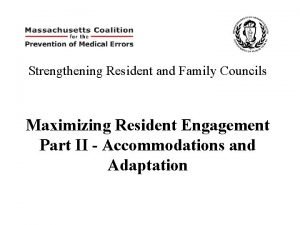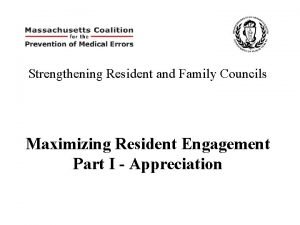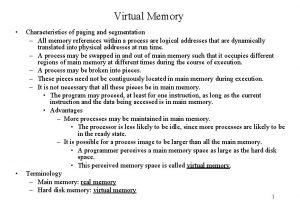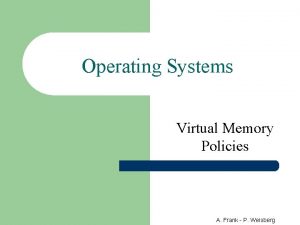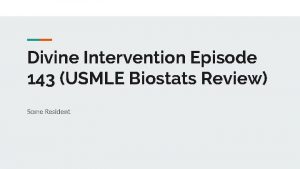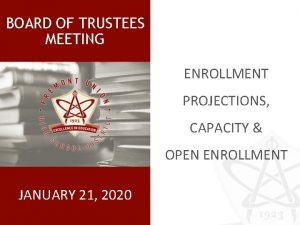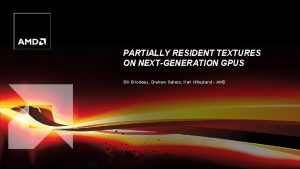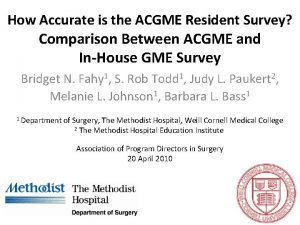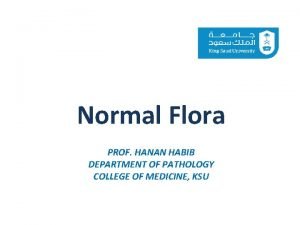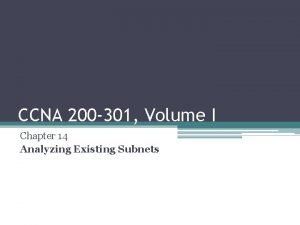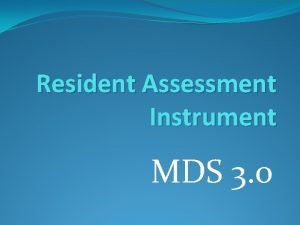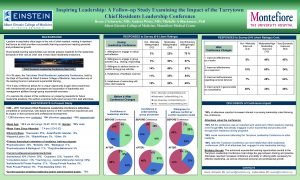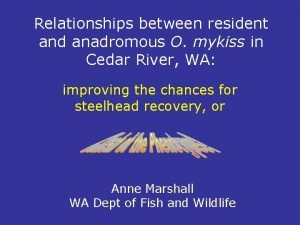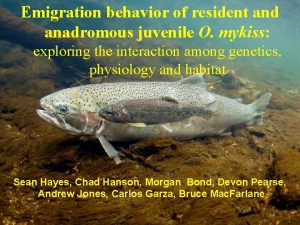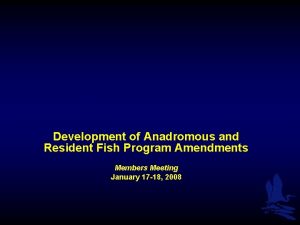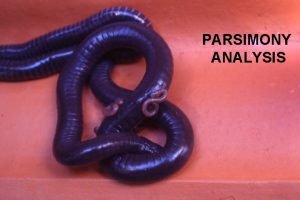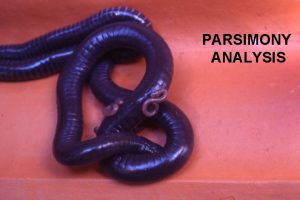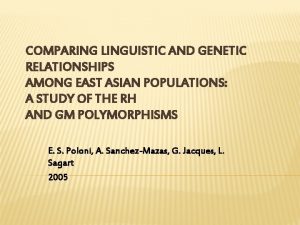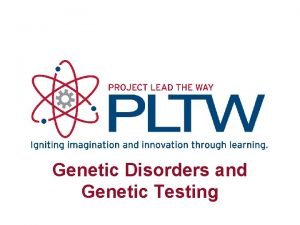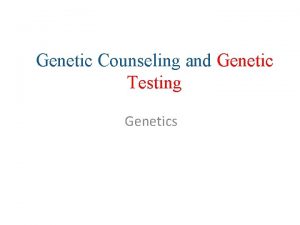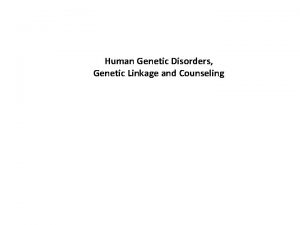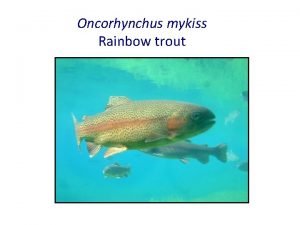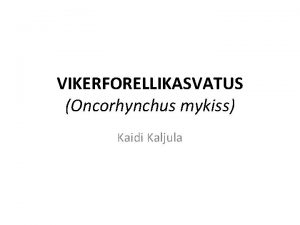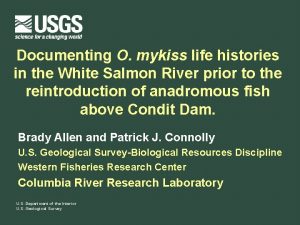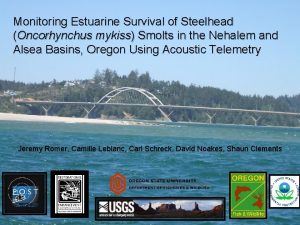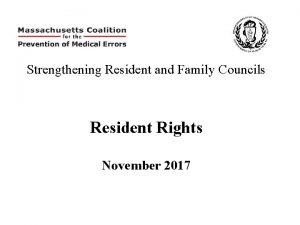Genetic relationships among resident and anadromous O mykiss




































- Slides: 36

Genetic relationships among resident and anadromous O. mykiss in Cedar River, WA - implications for steelhead recovery planning Anne Marshall, Maureen Small, Steve Foley Washington Department of Fish and Wildlife

Puget Sound region of western Washington - Map from: www. reefnews. com/reefnews/oceangeo/washngtn/pugetsnd. html

Study Goal – Understand genetic population structure of Cedar River resident and anadromous O. mykiss to assist with development of steelhead conservation and recovery strategies. - Research project conducted from 2003 -2005, and funded in part by Seattle Public Utilities, Landsburg Mitigation Agreement

Management goals – Provide mitigation for Cedar River steelhead relative to impacts from Landsburg Dam Increase steelhead abundance and minimize extinction risks Relevant questions – When fish ladder was completed would resident O. mykiss above Landsburg Dam contribute to restoration of anadromous population? Was steelhead abundance too low to expect natural recovery in upstream areas once access was restored? What in-basin factors were limiting steelhead success?

Factors motivating our study Cedar River steelhead showed a steep decline by 2000 and status was rated critical in Washington’s Sa. SI The Landsburg Dam fish ladder would be completed in 2003, opening up ~17 miles of former habitat for anadromous fish Non-anadromous or resident O. mykiss, which were present throughout the basin, appeared relatively abundant in below-dam areas A previous study had not evaluated genetic relationships between adult resident O. mykiss and adult steelhead

Research premise – Understanding genetic relationships between the co-occurring life-history forms was essential for effective management of steelhead Were steelhead producing the resident adults in belowdam areas? If so, were resident adults contributing to smolt production? Were resident fish non-native origin and were they having a negative impact through interbreeding?

Research objectives – Determine genetic relationships between adult steelhead and resident O. mykiss throughout the Cedar R. watershed Estimate genetic origins of Cedar River O. mykiss smolts relative to all potential parent groups Determine genetic relationships between Cedar River O. mykiss and Green River wild and hatchery steelhead populations Identify O. mykiss and O. clarki hybrids and the incidence of hybrids in all sampled groups

Cedar River watershed (post-1912) and adjacent basins

Special features for this coastal steelhead population – • River diverted from historical drainage and artificial ocean migration route constructed • Large lake basin in migrational route • Within largest metropolitan area of Washington • Large sympatric sockeye population • Relatively large and apparently adfluvial sympatric cutthroat population

Physical, migrational barriers for Cedar River steelhead Landsburg Dam (1900), RM 21; fish ladder installed in fall of 2003 Ballard Locks, 1 mi from Puget Sound (ship canal entrance to Lake Washington)

Cedar River wild steelhead annual escapement estimates


Methods Sampling: Angling for adults (>30 cm) Steelhead captured via fish ladder trap at Ballard Locks Smolts captured in screw-traps Some samples from incidental net capture in Lake Washington Most sampling was non-lethal – fin clips and scales taken What is a “resident adult”? We defined resident adult O. mykiss as fish of larger sizes (>30 cm) and older ages (3 years and older) than those expected in juvenile (pre-smolt) steelhead, and which, by scale pattern analysis, appeared not to have migrated to the ocean

Cedar River Sampling Areas Sammamish River Above-Dam Chester Morse Lake Below-Dam Green River Map from City of Seattle, Cedar River Habitat Conservation Plan web site

Samples Cutthroat trout (O. clarki) had to be sampled also because of expected presence of hybrid individuals in O. mykiss samples

Other samples included for comparative genetic analyses Hatchery non-native (Califormia) rainbow trout South Tacoma Hatchery Spokane Hatchery Goldendale Hatchery Eells Springs Hatchery Minter Creek (South Puget Sound) cutthroat trout

Methods Genetic analyses: 22 Microsatellite DNA Loci 6 nuclear DNA species markers RFLP analysis of 3 single copy genes (ITS, Gn. RH, p 53; Baker et al. 2002) and 3 simple sequences repeat (SSR) marker (Occ-16, Omm-28, Omm-35; Ostberg and Rodriguez 2002) Statistical analyses: Genetic descriptive statistics per sample; sample differentiation tests (genotypic, Fst, genetic distance); factorial correspondence analysis; ancestry estimation and assignment of origin tests Hybridization analysis via ancestry estimation (STRUCTURE prg. ) with microsatellite DNA loci

Resident O. mykiss sampled in lower Cedar River in May 2003

More lower river O. mykiss

Cutthroat and rainbow trout sampled from by-catch of Lake Washington coho gillnet harvest, October 2004 Sampling opportunity provided by Muckleshoot Tribe Fisheries staff

Results from genetic analyses -

Factorial correspondence plot of individuals using Genetix program. All 2003 -05 wild resident and anadromous phenotypic O. mykiss and O. clarki and four hatchery rainbow trout (non-native) samples included. Circles were drawn around most individuals within the three groups, and genotypic hybrids. Wild O. mykiss hybrids O. clarki Hatchery rainbow (red boxes = Chester) red boxes indicate Chester Morse Lake O. mykiss

Factorial correspondence analysis plot of resident and anadromous individuals sampled in Cedar River, Green River, and steelhead hatcheries. Circles were drawn around most individuals from a sample Chester Cedar. Omy. Below(white) Cedar. Omy. Up(grey) Green Hat Su Hat Sthd Wn Green R Steelhead(lt blue) Ballard. Steelhead(pink) Upper. Green. Omy(dk blue)

Evaluating species composition of samples based on microsatellite DNA data STRUCTURE analysis with two populations hypothesized percentage of ancestry estimated in four 2003 sample groups (data for 2004 samples not shown) Pop 1 Pop 2 N Cedar R. O. clarki (phenotypic) 0. 483 0. 517 32 Green R. steelhead 0. 994 0. 006 118 Cedar R. O. mykiss (phenotypic) 0. 949 0. 051 98 Cedar R. phenotypic hybrids 0. 932 0. 068 9

Genetic identification of hybrids among several samples of phenotypically identified fish – based on microsatellite DNA and nuclear DNA species markers

Neighbor-joining dendrogram of genetic distances among resident and anadromous O. mykiss, O. clarki, and hatchery rainbow trout samples, with bootstrap node values >95% shown. Annual samples combined and hybrids removed.

Estimating ancestry in steelhead and resident O. mykiss samples using STRUCTURE 2. 1 - Results for 3 and 4 hypothetical populations. Percentage of ancestry for each baseline sample in hypothesized groups is shown. Log-likelihood values indicate the probability of the number of hypothesized groups among samples. In this case, 3 or 4 groups seemed similarly plausible.

Estimating ancestry in individual smolts using STRUCTURE 2. 1 with K=3 & 4 hypothetical populations. Percentage of ancestry for each smolt in hypothesized groups is shown. Values above 0. 2 in bold.

Estimating ancestry in samples and individual smolts using STRUCTURE 2. 1 with K=2 hypothetical populations. Percentage of ancestry for each baseline sample (top) and for each smolt (lower) in hypothesized groups is shown. Values above 0. 2 in bold.

GENECLASS 2 assignment test for smolts, 2 populations in Baseline

Comparison of smolt assignment test results STRUCTURE analysis results showed that smolts had higher ancestry in steelhead than in resident O. mykiss populations. Few individual smolts had high ancestry in resident O. mykiss, and mixed ancestry seemed likely in some. GENECLASS 2 analysis estimated that more smolts were likely to have originated from resident O. mykiss compared to STRUCTURE results for smolt ancestry. Conclusion? Resident O. mykiss, especially those below Landsburg Dam, likely contributed to smolt production. Their contribution was not as large as that of steelhead.

O. mykiss size & age Pop. /Site Ave. Length cm (N) Ave. Age (range) Steelhead. Ballard Locks 72. 7 (53) [next Table] – 6) Resident O. mykiss- lower Cedar (2003) 36. 2 (51) 3. 6 (2 – 8) Resident O. mykiss- upper Cedar (2003) 24. 3 (50) 2. 0 (1 – 5) Smolts 18. 7 (17) (3

Ballard Locks Steelhead Ages (N=56) Age Class % W 1. 1+ W 1. 2+ 2. 1+ 14 7 48 2. 2+ 2. 3+ 23 2 3. 1+ 3. 2+ 4 2 (includes 30 females and 26 males) 21% spent 1 year and 73% spent 2 years in freshwater 66% spent 2 growth seasons and 32% spent 3 growth seasons in saltwater

Resident O. mykiss biological data 58 Cedar River below-dam O. mykiss had readable scale patterns, and 19 (33%) had been spawners at least once. One 8 year-old (58. 4 cm) fish had spawned 3 times. 27 Cedar River above-dam O. mykiss had readable scales and 11% had been spawners, which were 4 or 5 years old. Average of O. mykiss/O. clarki genetic hybrids from 2003 was 3. 6 years and average length was 38. 2 cm; 5 had spawned at least once

Conclusions Cedar River below-dam resident O. mykiss represent a native gene pool and are closely related to wild steelhead. Above-dam O. mykiss population was most similar to below-dam group, and thus contained genetic legacy of native steelhead. Below-dam residents likely include O. mykiss from anadromous sources, from upstream sources, and possibly mixed-origin individuals. Resident O. mykiss appear to produce smolts, and steelhead may produce resident adults. Impacts of hybridization between O. clarki and O. mykiss on steelhead unknown. Cedar/Lake Washington samples included 14. 5% hybrid fish. Conservation of resident O. mykiss is likely an important aspect of reducing extinction risk for steelhead. Although resident O. mykiss may produce smolts, these smolts must be successful at marine migrations to produce steelhead.

Acknowledgements Field sampling and/or field data assistance was provided by WDFW staff Brodie Antipa, Brian Blazer, Dan Estell, Lindsey Fleischer, Nancy Gleason, Julie Hooff, Jamie Kelly, Kelly Kiyohara, Scott Schueltzer, and Dave Seiler. WDFW staff Alice Frye and Jennifer Von Bargen conducted DNA data collection tasks, and John Sneva interpreted scale patterns and provided results. Gary Winans, Peter Kiffney, and Jeremy Cram, National Marine Fisheries Service, provided samples from their studies in Green and Cedar rivers. The Cedar River Anadromous Fish Committee provided support through their review and recommendation of this project, and we appreciate their assistance.
 Oncorhynchus mykiss
Oncorhynchus mykiss Anatomy of a rainbow trout
Anatomy of a rainbow trout Oceanodromous vs anadromous
Oceanodromous vs anadromous Founders effect
Founders effect Genetic programming vs genetic algorithm
Genetic programming vs genetic algorithm Genetic programming vs genetic algorithm
Genetic programming vs genetic algorithm What is gene flow and genetic drift
What is gene flow and genetic drift What is the difference between genetic drift and gene flow
What is the difference between genetic drift and gene flow Periodic relationships among the elements
Periodic relationships among the elements Periodic relationships among the elements
Periodic relationships among the elements Vsdfds
Vsdfds Periodic relationships
Periodic relationships Demand relationships among goods
Demand relationships among goods Orientation and resident rights quiz
Orientation and resident rights quiz Resident citizen
Resident citizen Resident and family engagement
Resident and family engagement Resident and family engagement
Resident and family engagement Resident set management
Resident set management Resident retention
Resident retention The working set strategy
The working set strategy Divine intervention usmle
Divine intervention usmle Resident lifecycle
Resident lifecycle Chapter 2 foundations of resident care
Chapter 2 foundations of resident care Attending vs resident
Attending vs resident Misappropriation of resident property
Misappropriation of resident property A helpful way for an na to respond to hallucinations is to
A helpful way for an na to respond to hallucinations is to Ambulated side
Ambulated side Partially resident textures
Partially resident textures Acgme resident survey
Acgme resident survey Employment of non-resident aliens in the philippines
Employment of non-resident aliens in the philippines Conflict resolution customer service
Conflict resolution customer service Define resident flora
Define resident flora Resident subnet
Resident subnet Resident assessment instrument definition
Resident assessment instrument definition Tarrytown chief resident conference
Tarrytown chief resident conference Transamerica estate planning foreign nationals
Transamerica estate planning foreign nationals Yelena bogdan md
Yelena bogdan md
